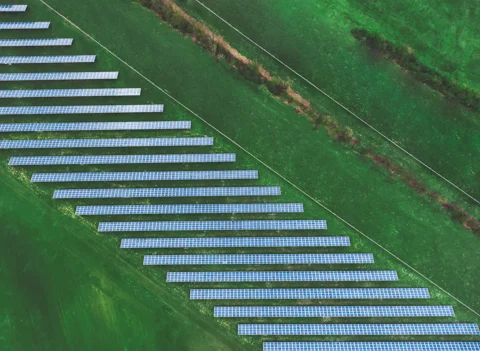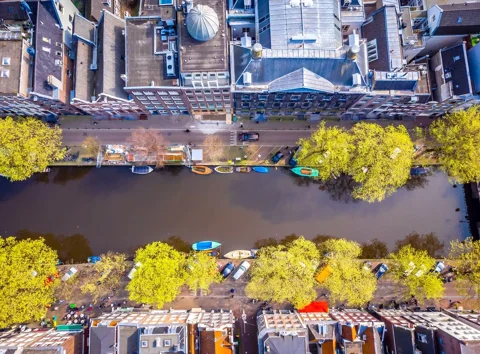Current topics with regard to the economy, responsible investment, pension and income: every week, an expert at APG provides a clear answer to the “Question of the week”. This week: Asset Management professional Steve Goossens discusses the impact of climate change and environmental disasters on real estate investments.
Hundreds of millions of euros: this amount alone represents the damage caused to the city of Valkenburg when the surrounding region was hit by severe floods in mid-July. This says a lot about the total financial impact of the flooding – and environmental disasters in general. Due to climate change, crises like this are becoming more frequent as well as more severe. With all the consequences – and damage – that this entails. To what extent does this affect investments in both the short and long term?
“The impact of climate change on investments is bigger than you might think,” says Goossens, who works in the real estate asset class. And he should know. Together with his team and co-workers from the Responsible Investment Team, he has been focusing on climate-related risks concerning the investments made by APG’s fund clients for more than two years now, primarily for his own department: real estate investments. “If at all possible, the data I collect will also be used in relation to investments in other areas, such as infrastructure.” After all, the impact of natural disasters is not limited to real estate alone. Goossens also examines risks associated with floods, forest fires, droughts, or rising sea levels in relation to real estate, for example. “Look at Amsterdam: droughts have been causing the piles on which the city is built to be exposed above water level for long periods of time. This, in turn, causes the wood to rot and the ground to subside more quickly. This is accompanied by an enormous investment task, which has a direct impact on some real estate investments in Amsterdam and the surrounding area.”
Direct and indirect risks
Goossens distinguishes between two types of risks related to climate change on investments: direct and indirect risks. The subsidence in Amsterdam, the flood damage in Limburg, as well as the devastating effect of forest fires on homes elsewhere in the world are all examples of the direct impact that climate change has on investments. “This is quite easy to explain: investment properties suffer damage and part of the costs in relation to this will always be borne by the investor. That, in turn, affects an investor’s returns: the higher the costs, the lower the return.”
Then there is indirect damage: “When a disaster occurs, stores may need to stay closed or hotels may not be able to receive guests, which brings certain costs with it. A natural disaster may also force people to move. Not only that: insurance contributions, for example, will also be subject to considerable increases in response to environmental disasters, or certain types of environmental disasters will no longer be covered by insurance. Property owners pay the price of this. Insurers, like us, estimate the risk of disasters like these and base their prices on that. You can count on insurance contributions becoming much higher in the future.”



